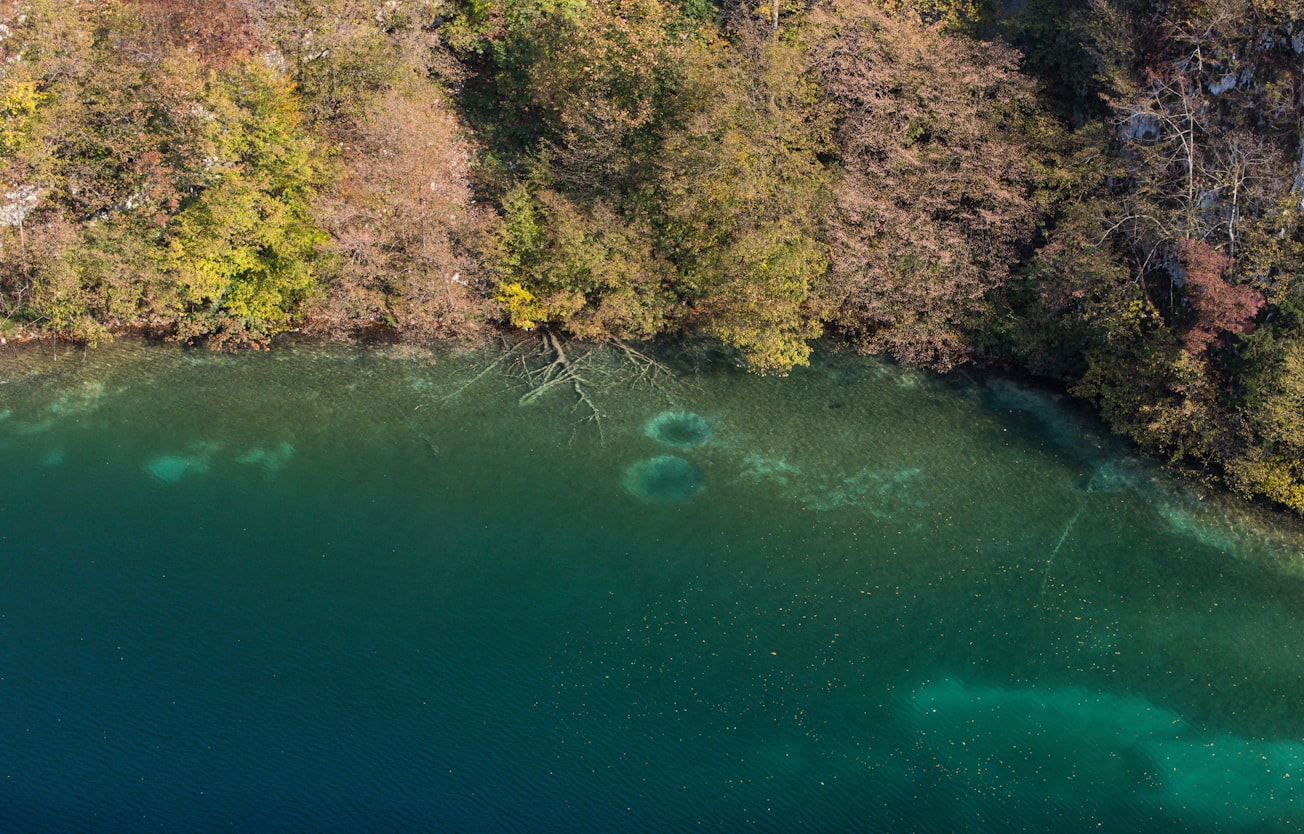What is it about?
Nearly one-fifth of nitrogen fertilizers produced in factories worldwide is consumed by wheat farming. Nitrification, a process triggered by fertilizer use, can harm soil fertility and ecosystems. Although synthetic inhibitors can reduce soil nitrification, their use is limited by high cost and low efficacy in tropical environments. The authors uncovered a genomic segment in wild grass (Leymus racemosus) encoding the production of biological nitrification inhibitors from plant roots. Transferring the segment into high-yielding wheat varieties nearly doubled their ability to block nitrification. The transfer also increased nitrogen uptake and grain yield in some varieties. Genetically endowing wheat with the ability to block nitrification might help combat nitrogen pollution without affecting yield or coveted agronomic attributes.
Featured Image

Photo by Nikola on Unsplash
Why is it important?
Globally, wheat farming is a major source of nitrogen pollution. Rapid generation of soil nitrates cause nitrogen leakage and damage ecosystems and human health. Here, we show the 3NsbS chromosome arm in wild grass (Leymus racemosus) that controls root nitrification inhibitor production can be transferred into elite wheat cultivars, without disrupting the elite agronomic features. Biological nitrification inhibition (BNI)–enabled wheats can improve soil ammonium levels by slowing down its oxidation and generate significant synergistic benefits from assimilating dual nitrogen forms and improving adaptation to low N systems. Deploying BNI-enabled wheat on a significant proportion of current global wheat area (ca. 225 M ha) could be a powerful nature-based solution for reducing N fertilizer use and nitrogen losses while maintaining productivity.
Perspectives
The BNI-trait will empower plant root systems of staple crops to produce and release antibiotics in sufficient strength to control nitrifying bacterial activity in the root zone, which will then reduce the amount of soil-nitrates and nitrous oxides generated. This can have a dramatic impact in reducing nitrogen leaking from agricultural systems over time and is the solution to nitrogen leakage problems in agriculture. This BNI-technology is scalable and can be introduced into elite wheat varieties globally thus can expect major impact in reducing nitrogen leakage and pollution from wheat production systems globally.
Subbarao Venkata Guntur
JIRCAS
Read the Original
This page is a summary of: Enlisting wild grass genes to combat nitrification in wheat farming: A nature-based solution, Proceedings of the National Academy of Sciences, August 2021, Proceedings of the National Academy of Sciences,
DOI: 10.1073/pnas.2106595118.
You can read the full text:
Resources
Watch Guntur V. Subbarao explain the prize-winning paper in Applied Biological, Agricultural, and Environmental Sciences:
PNAS 2021 Cozzarelli Prize Winner for Class VI: Applied Biological, Agricultural, and Envtl Sciences
Low-nitrifying systems critical for second Green Revolution
Lecture at Princeton University
Contributors
The following have contributed to this page







